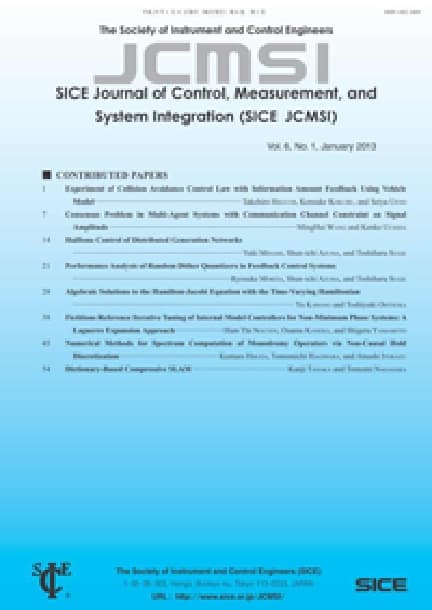Removing Shift Variant Blur without Geometric Coordinate Transformation
Wikky Fawwaz Al MAKI, Sueo SUGIMOTO
pp. 67-74
DOI:
10.9746/jcmsi.3.67Abstract
In this paper, we present an image deconvolution algorithm for shift variant blur caused by a relative circular motion between the imaging equipment and the object during the exposure time. The two-dimensional shift variant blurred image caused by the accelerated circular motion is modeled as an output of a series of one-dimensional linear convolutions that expresses the degradation process. To simulate the accelerated circular motion blurred image, the midpoint circle algorithm is employed. In the image decovolution process, for the given center of the circular motion, the algorithm is used to obtain circular paths at which the degradation process happens. The shift invariant deconvolution method is applied to each circular path. After the estimated image is obtained, median filtering is applied to solve the some empty pixels. Simulation experiments confirm the capability of the proposed method.









